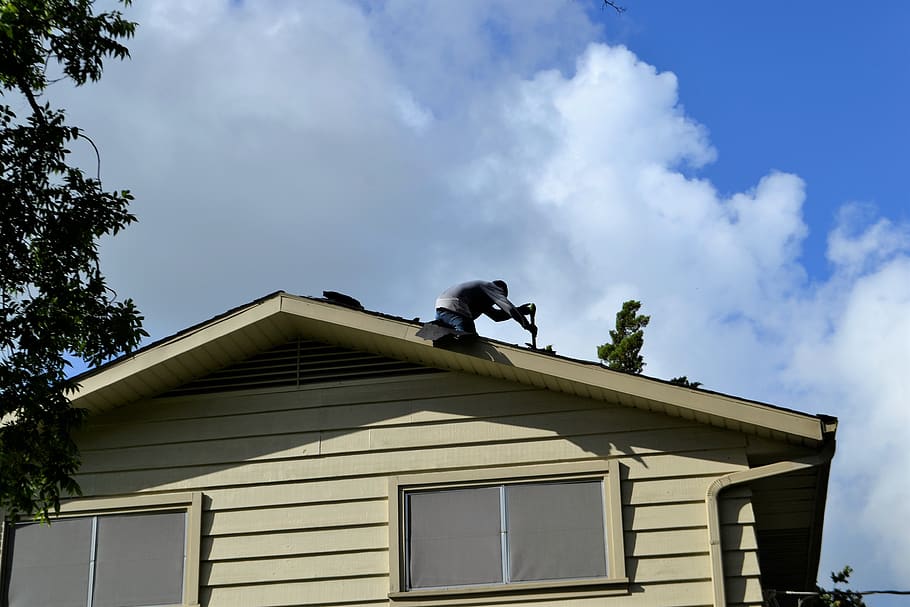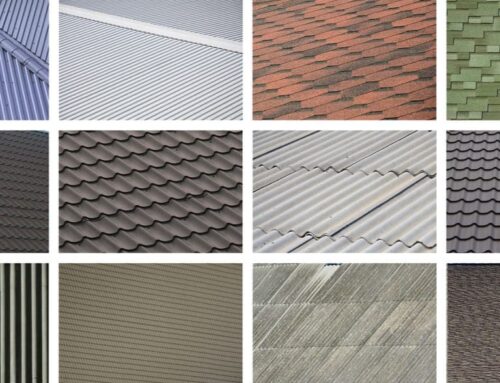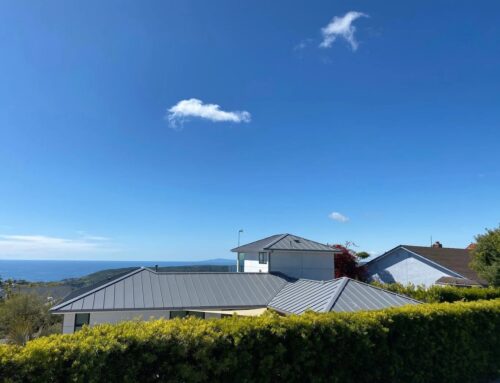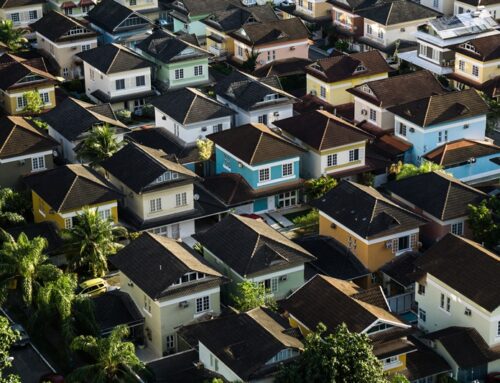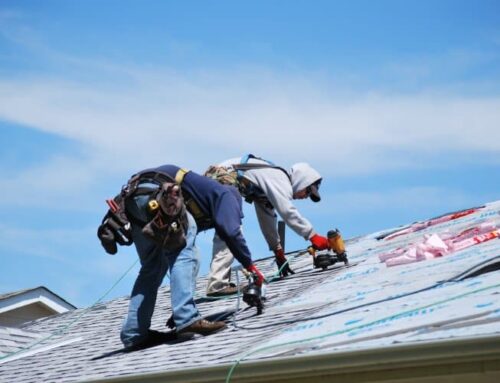Low slope roofing can be used on homes of various sizes. Due to the potential for drainage problems, a residential low slope roof should be inspected regularly.
Where Is Residential Low Slope Roofing Used?
Residential low slope roofing can be utilized in large applications, such as condominiums, townhouses, and row homes. It can also be used in smaller applications. For example, a porch or garage may have a significantly lower slope than the rest of a house.
How Does a Roof’s Pitch Affect Drainage?
A roof should have a slope of at least ¼ inch per foot so water can drain and not form pools on the roof. In areas that get large amounts of snowfall, a steeper slope may be necessary to prevent drainage problems.
A low slope roof drains water more slowly than a roof with a steeper pitch. If a roof has a pitch of at least 2:12, most roof coverings can be applied. If a roof has a slope less than 2:12, built-up roofing (also known as “tar and gravel”), modified bitumen, and EPDM are most commonly used.
Why Do Low Slope Roofs Sometimes Leak?
Over time, a low slope roof can become susceptible to leaks. That can happen due to age, changes in temperature, exposure to the sun’s UV rays, and sagging of the wood structure.
Water may pond on a low slope roof, which can lead to drainage problems and leaks. A vinyl or EPDM membrane can withstand the effects of ponding, but standing water may shorten the lifespan of built-up roofing, modified bitumen roofing, and other asphalt-based materials.
Ponding on a roof can cause other problems besides leaks. Standing water can damage the roof’s framing and can lead to moss and algae growth. If water that has pooled on a roof freezes and thaws, that can cause damage to the roof’s structure.
Get Your Roof Inspected Before Winter
If you have a low slope roof, you should have it inspected once a year and have any problems fixed. If you are concerned about ponding water on your roof, or if it is just due for a routine inspection, get in touch with JS & R Roofing.
We can come to your Connecticut home to inspect the roof and make any necessary repairs. If the roof is damaged, it may be possible to add insulation and then a new roofing material while maintaining the low slope. Contact us today to schedule an inspection!

